Next.js and GraphQL: Building Efficient and Flexible APIs
In the realm of web development, creating APIs that are both efficient and flexible is crucial for delivering top-notch user experiences. Next.js, a robust React framework, combines seamlessly with GraphQL to provide a powerful solution for building APIs that cater to your application's unique needs. In this blog post, we'll dive into the world of Next.js and GraphQL integration, exploring how this combination can empower your web applications. Additionally, discover how CloudActive Labs' Hire Next.js Developer Services can elevate your GraphQL implementation.
![[object Object]](https://clipl-web1.sgp1.cdn.digitaloceanspaces.com/images/clu85mmil005b4irz5d6g2485.png)
The Role of GraphQL in API Development: GraphQL is a query language for APIs that allows clients to request exactly the data they need, reducing over-fetching and under-fetching of data. This leads to more efficient API requests and improved performance.
The Benefits of Combining Next.js and GraphQL: Integrating Next.js with GraphQL enables the creation of APIs tailored to your application's requirements. This combination allows you to fetch and manipulate data in a flexible manner, enhancing development speed and user experience.
![[object Object]](https://clipl-web1.sgp1.cdn.digitaloceanspaces.com/images/clu85gvvd004t4irzgz1cbrbk.png)
Step 1: Set Up Your Next.js Project
Create a new Next.js project or use an existing one as the foundation for your GraphQL integration.
Step 2: Integrate GraphQL
Choose a GraphQL client library such as Apollo Client or Relay to integrate GraphQL into your Next.js application.
Step 3: Define Your Schema
Define your GraphQL schema, including types, queries, mutations, and resolvers. This schema acts as a contract between the client and server, specifying how data can be queried and manipulated.
Step 4: Fetch Data with Queries
Use GraphQL queries to fetch the specific data your application needs. This eliminates over-fetching of data, resulting in faster load times and improved performance.
Step 5: Manipulate Data with Mutations
Implement GraphQL mutations to allow clients to modify data on the server. Mutations provide a secure and controlled way to update your backend.
![[object Object]](https://clipl-web1.sgp1.cdn.digitaloceanspaces.com/images/clu85nlcz005f4irzfz3e0wr7.png)
Eager to implement GraphQL in your Next.js application but need expert guidance for an efficient and seamless integration? CloudActive Labs' Hire Next.js Developer Services provide access to experienced Next.js developers who specialize in GraphQL implementation.
Conclusion:
Next.js and GraphQL offer a powerful combination for building APIs that are both efficient and flexible. By following the steps outlined in this blog post, you can harness the potential of GraphQL to create APIs that cater to your application's unique needs, enhancing performance and user experience. And when you're ready to elevate your GraphQL implementation, CloudActive Labs' Hire Next.js Developer Services are here to support you. With our team of skilled developers, you can confidently implement GraphQL and create applications that deliver outstanding results. Your journey to building efficient and flexible APIs with Next.js and GraphQL begins here.
























